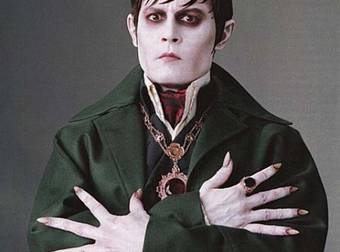For some, a cocktail at the end of the day is the perfect way to celebrate a job well done. For others, a cocktail–cocktails, really–is a way to escape something that they’d rather not be going through at the moment. Whatever that thing is, there’s a good chance it’s not anywhere near as bad as what the people who invented these famous cocktails were going through at the time they made their most memorable creations. All of the notable mixed-drinks below were born thanks to some sort of war or conflict. Take a look!
1. Bloody Mary
If Smirnoff Vodka founder Vladimir Smirnov didn’t have to flee Russia after losing his family and fortune in the October Revolution, he never would have made it to France, where the Bloody Mary drink was created by bartender Ferdinand “Pete” Petiot.
2. French 75
World War I fighter pilot Raoul Lufbery gave the drink he invented this name because drinking it felt like getting hit by a French 75mm.
3. Sidecar
It is said that the sidecar was invented during World War I by a U.S. Army captain who would travel to and from the bar where he would create the drink in a motorcycle’s sidecar.
4. Gin and Tonic
After British soldiers and citizens settled in India, they found themselves facing malaria for the first time. They were shipped an “aerated tonic liquid” that was supposed to protect them from the disease and many of them began to mix some gin in with it.
5. Daiquiri
When the Spanish-American War ended in 1898, Cuba became its own independent country. To help celebrate its new-found independence, the United States began to explore ways where they could exploit the island nation. One of the engineers sent to Cuba by the US government was Jennings Stockton Cox, who is said to have entertained his American guests by mixing local ingredients like lime and sugar with with rum.
(via Mental_Floss)
I could really go for one of these right about now. I’ll probably hold off for a while, though. Don’t want to run the risk of forgetting any of these interesting origin stories.
 share
share
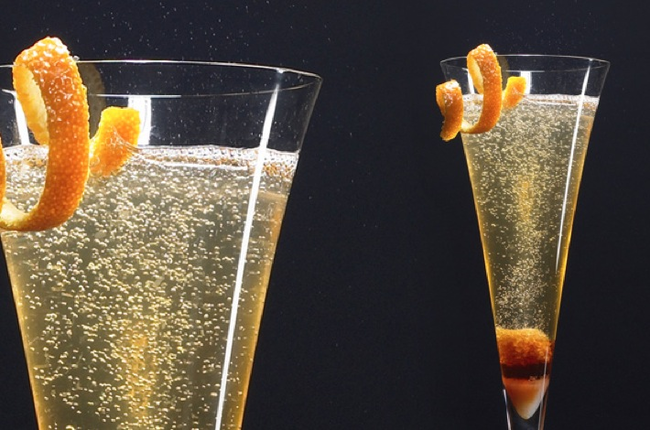 share
share
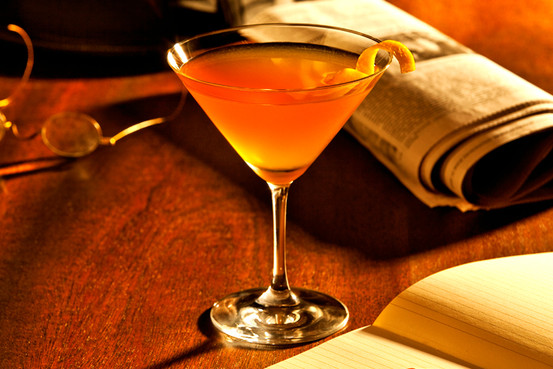 share
share
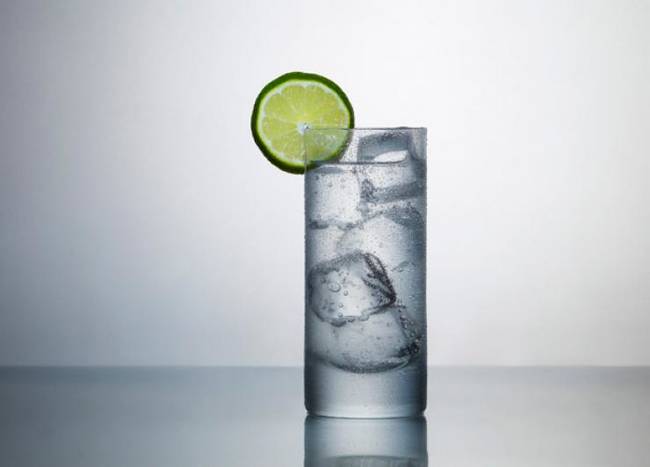 share
share
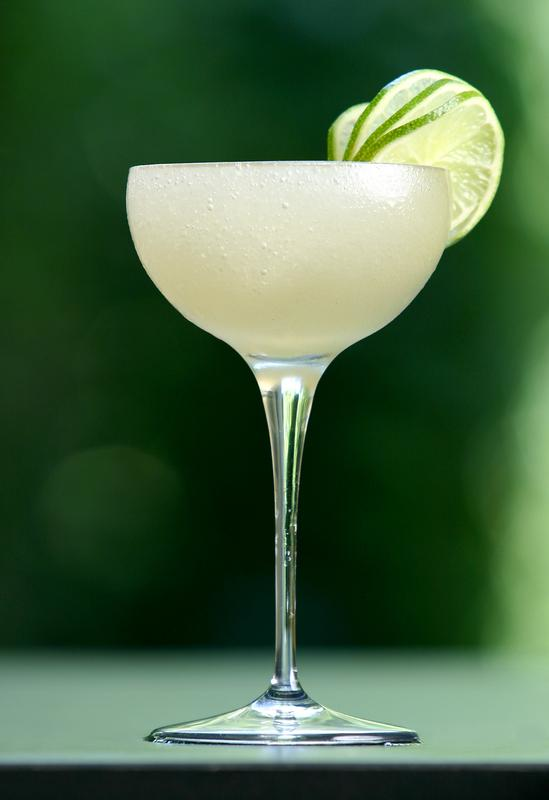 share
share

